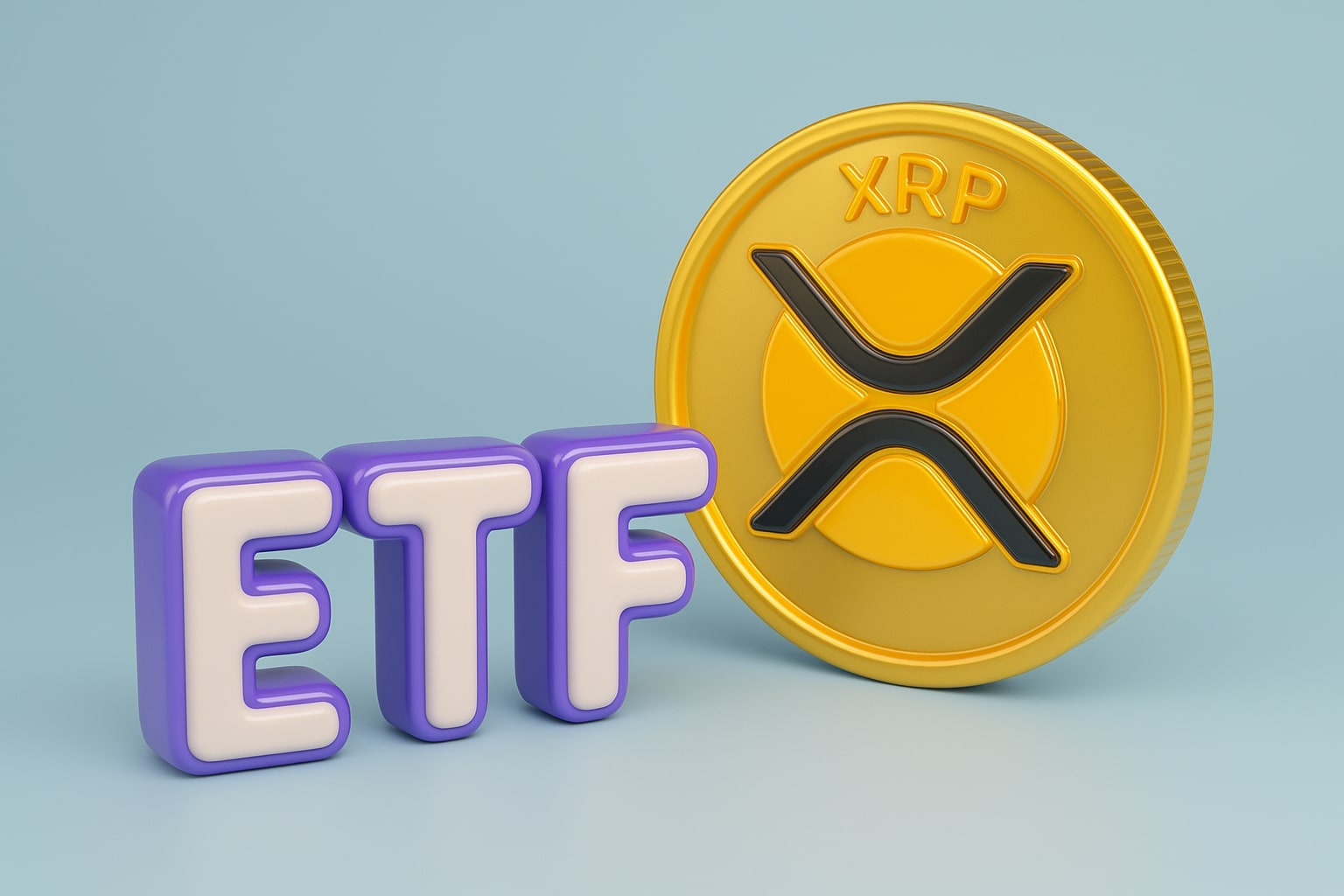
Oil Prices Forecast - WTI Jumps to $65.72 and Brent Tops $70 as OPEC+ Supply Moves and Middle East Conflict Shake Oil Markets
Crude posts biggest weekly rally since the Israel–Iran war; U.S. gasoline futures jump 1.62% on inventory draws, Russian refinery hits fuel diesel shortages, while Iraq readies Kurdistan export restart and traders eye $66.50 WTI resistance and $72 Brent breakout | That's TradingNEWS
WTI (CL=F) and Brent (BZ=F) Face Volatility as Geopolitical Shocks Drive Oil to Weekly Gains
Crude oil prices are moving sharply this week with WTI (CL=F) trading at $65.72, up 1.14%, while Brent (BZ=F) holds at $70.07, gaining 0.94%. This rebound puts the market on track for its steepest weekly advance since the Israel–Iran war began, with traders pricing in heightened geopolitical risks and supply chain uncertainty. Louisiana Light jumped 2.50% to $67.78, while Bonny Light from Nigeria slumped nearly 3% to $78.62, highlighting fragmentation across benchmarks as disruptions in refining and shipping routes continue to ripple through global trade flows.
Middle East Conflict and Tariff Fallout Reshape Supply Outlook
The Israel–Iran tensions are not only escalating security risks across vital shipping lanes but also injecting fear premiums into Brent, the seaborne benchmark. On top of that, U.S. tariffs announced by President Trump—ranging from 25% on heavy trucks to 100% on pharmaceuticals—have intensified concerns over global trade demand. These moves affect energy consumption patterns in transport and manufacturing, potentially softening medium-term demand even as near-term risk premiums lift prices. The geopolitical layer keeps Brent above $70 despite weaker macro indicators, while WTI has lagged as domestic supply remains heavy at the Cushing hub.
OPEC+ Policy, Russia’s Strains, and Iraq’s Export Restart
OPEC+ output management remains a decisive factor. Fresh reports suggest the cartel’s production hikes may not be as aggressive as feared, giving the market some support. At the same time, Russia is wrestling with refinery disruptions after drone strikes, forcing it to redirect flows and driving diesel shortages across Europe. Iraq is expected to restart Kurdistan exports on September 27, which could add pressure back onto Brent if volumes normalize. The OPEC basket sits at $71.50, advancing 1%, reflecting controlled supply discipline but leaving traders alert to fresh volatility.
Inventory Draws and Arbitrage Pressure in U.S. Oil Flows
Recent U.S. data showed declining crude and gasoline inventories, adding a bullish element to the supply picture. Gasoline futures rose 1.62% to $2.035, underlining tightness at the consumer level. At the same time, the arbitrage window for American crude shipments into Asia is narrowing, limiting U.S. export competitiveness. Mars U.S. crude fell 1.33% to $71.01, showing how regional grades are diverging. This arbitrage closing makes Brent relatively firmer, even as WTI consolidates around the $65 mark, underscoring how global logistics are shaping spreads.
Read More
-
PFFA ETF Nears $21.50 as Rate Cuts and 9.49% Yield Spark Renewed Demand
29.11.2025 · TradingNEWS ArchiveStocks
-
XRPI and XRPR ETFs Ignite Ripple’s Institutional Rally as Inflows Near $1B and XRP Holds $2.20
29.11.2025 · TradingNEWS ArchiveCrypto
-
Natural Gas Price Forecast - NG=F Blasts to $4.85 as Demand Surge Fuel Multi-Month Breakout
29.11.2025 · TradingNEWS ArchiveCommodities
-
USD/JPY Price Forecast - Yen to Dollar Slides to 156.10 as Yen Strengthens on Fed Cut Expectations
29.11.2025 · TradingNEWS ArchiveForex
Technical Pressure: WTI Stalls at $65 While Brent Tests the 200-Day EMA
From a charting perspective, WTI crude (CL=F) faces stiff resistance at the $65–66.50 corridor, a range that has acted as both support and resistance repeatedly. Failure to clear $66.50 keeps the contract vulnerable to short-term pullbacks, with downside tests likely at $64 and then $62 if bearish momentum returns. Brent crude (BZ=F) has gapped higher but is struggling beneath its 200-day EMA near $71. The trend remains sideways with volatility spikes, and traders are watching whether Brent can break above $72 to confirm a bullish shift.
Refined Products and Demand Signals Amplify Risks
Refined products are also moving with volatility. Diesel flows in Europe are under strain due to Russian refinery outages, forcing buyers into emergency purchasing. French LNG imports have been blocked by strikes, compounding energy shortages. This backdrop inflates European demand for non-Russian crude and LNG, feeding Brent’s relative strength. Meanwhile, Canadian natural gas prices collapsed to record lows, forcing production curbs, while natural gas (NG=F) in the U.S. slipped 1.96% to $2.847, showing how fossil fuel markets are diverging.
Energy Majors Adjust Capital Flows Amid Volatility
Energy companies are adapting to the shifting environment. Chevron flagged a $400 million hit from its Hess megadeal, while Exxon confirmed significant new reserves off Cyprus. Petrobras secured approvals to drill in the Amazon, underscoring Brazil’s expansion in frontier production. Insider positioning in majors like ExxonMobil and Chevron reflects cautious accumulation, aligning with traders betting on supply scarcity premiums into 2026. These corporate moves show that while spot crude is turbulent, the supermajors are positioning for higher structural prices driven by underinvestment in upstream over the past decade.
Market Call on Crude Oil
With WTI at $65.72 and Brent at $70.07, the market is balanced between strong geopolitical risk premiums and fragile technical levels. Brent’s ability to hold above $70 hinges on OPEC+ discipline and Middle East headlines, while WTI struggles with domestic oversupply at Cushing and narrowing Asian arbitrage. Short-term, the market looks bullish with potential for Brent to retest $72 and WTI to challenge $66.50, but downside risk toward $62 remains if global demand signals weaken. Considering the balance of risk, oil is a Buy on Brent dips, while WTI remains a Hold, with geopolitical tailwinds sustaining premium pricing but structural headwinds limiting runaway upside.



















